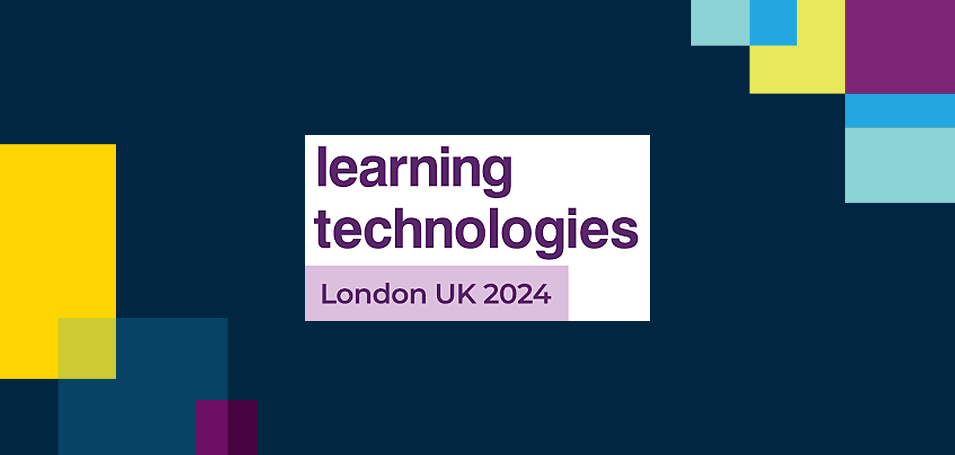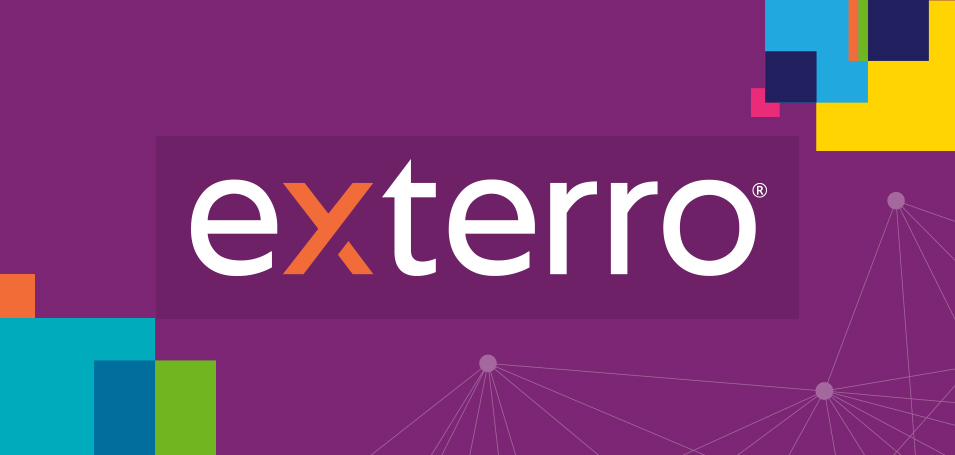At first glance, you might believe that customer onboarding is that part of the buying process in which you teach new customers how to use your product—which buttons to click and how to navigate around the interface. After all, employee onboarding is the part of the hiring process where HR gets a new person outfitted with the equipment and training needed to do something productive.
Customer onboarding, however, is a bit different. It includes that productivity phase, but a customer isn’t truly onboarded until he or she has achieved something of value.
That’s especially important to understand when you have a SaaS business. The sooner the customer experiences success with your product, the greater the chance that he or she will buy and continue paying for the use of your software or service.
“There’s a lot of data out there around adoption timeframes,” notes Thought Industries CEO Barry Kelly. “If customers don’t really adopt the product and see traction with it quickly, the chances of gaining traction later is less likely.” Your customer is more likely to use your product or service if they have actually seen it add value to their lives—and quickly.
This article shares seven techniques for making sure you squeeze every ounce of benefit from your onboarding efforts and help your customers be successful with your product or service from the moment they first come on your radar. Although many of these examples are from software companies (because onboarding is such a critical part of their success), most of the tips can be applied to any type of company that wants to get better at retaining customers.
1. Exploit your customer personas—every one of them
How a customer values your software will vary from role to role. On any team being onboarded, there might be multiple departments represented, each with its own needs for the product, its own uses, and its own way of evaluating whether the program meets those goals. It’s important to make sure you deliver first-time value for each of those key personas.
The goal is to develop a deep understanding of personas to better understand the business at-large, which ultimately helps to build deep horizontal and vertical relationships and socialize your product across an organization.
Let’s say you always host an onboarding training webinar for new customers. While your presentation may hit most people’s needs, pay close attention to those who ask the questions that come across as “out in left field.” Those inquiries may offer clues about what that person (or that type of role) will value in your software. Also, consider reaching out directly to people who ask no questions at all. If they haven’t yet found value in what you offer, they may give up before your product gets a fair chance. By sending them an email, even if it’s only semi-personalized, to encourage them to take a moment and tell you what they’re thinking, you might be able to keep them engaged and ultimately convert them to a believer. These nuggets of information could also help build out personas you hadn’t previously considered while offering insight in to new ways to relay benefits of the program to new groups of users.
It’s important to point out that the key decision makers should be involved in identifying the core users/personas and help to set training goals. Without early executive buy in and continued executive visibility, the success of onboarding is in peril.
2. Map training to your customer’s unique pain points and goals
Being selective means a couple of different things. First, don’t try to teach every important feature of your program. It goes without saying that you must spend some time on how to use the software. You should also spend equal or more time on how to succeed in reaching the goal they’re adopting your software for in the first place. Give your customers enough help to get them moving in a specific direction that will have impact for them and meet their needs. Being able to satisfy their workflows and use cases is more important than simply learning to use a feature.
Second, make the training succinct. “Customers don’t have time to waste. They’re extremely busy,” observes Pat Durante, president of CEdMA, the Customer Education Management Association, and senior manager of training and enablement at Synopsys, a pioneer in software security and quality. “If your web event is wandering all over the place with a demo, that’s a waste of the customer’s time—especially if they can get that same content in a five-minute video that shows them exactly what that new feature is and how it would be of value to them.”
As Durante explains, your philosophy should be customer-centric: “Get me there fast. Teach me exactly what I need to know. Don’t give me any fluff. Get right to the point.” That’s especially true, he adds, for the YouTube generation. “Tell me what I need to know right now and then get out of my way, so I can do it myself.”
3. Don’t hide behind automation; talk to your customers
You can’t expect software to do all the heavy lifting in customer onboarding. Reach out for personal contact with customers for feedback on why they have decided to sign on and pay for the software, why they’ve decided to relinquish the program after a trial, what they hope to achieve with your product, and how they plan to evaluate their success. These conversations—whether by phone, email, online “office hours,” or some other method can help you tune your onboarding activities to make them more effective.
Alex Turnbull, the CEO of Groove, a SaaS company that produces help desk software for small businesses, set out to talk with “every single Groove customer.” What he learned, he said, “amazed” him. “Not only did I better understand where people struggled and what we needed to do to increase retention and reduce churn, but we learned valuable insights about the words that are important to people.”
As an example, in those discussions, a lot of customers asked about “filters.” It was no wonder they couldn’t find the filtering capability in the program—the company called it “rules.”
4. Build a strategy with well-timed touch-points and milestones
This is particularly important in early days. If somebody isn’t logging in, follow up. Groove has found success when they do just that. The company sends a friendly email that asks the recipient, “What’s been keeping you from getting going with the app?” It ends with a P.S. that offers a “quick Skype session” if the user needs help with the program. “That email and others like it,” writes Turnbull, “have brought back hundreds of users who, for one reason or another, hit a snag in their early days with Groove.”
Outreach could also include results of recent customer surveys, best practices, trip reports from online and in-person customer events, and regular access to baseline data compiled anonymously from among all users.
5. Measure success and fine-tune
Kelly recommends specific key performance indicators (KPIs) to track the success of your onboarding experiments—and, really, it’s all an experiment. Sound obvious? According to a survey shared by Harvard Business Review, less than half of executives (49%) reported that their firms use data to understand or predict higher-level customer needs.
A primary metric to pay attention to is “time-to-value,” a concept that measures how long it takes for a user to gain success or value. How do you recognize when this has happened? Well, first, it needs to be based on something that’s measurable. For instance, at Natero, a customer success platform, the company identifies the ways that successful customers (those who continually renew) are leveraging the product capabilities as compared to those who “struggle or churn.” The main aspects they monitor are the features being used. From there, they create onboarding tasks that guide new customers to try similar successful behaviors.
Other useful indicators include engagement (as measured by social activities, for example), level of demand for training, and interest in add-on products or services. Often, the specific KPIs that will matter for you may be unique to your product. For example, an accounting service may want to track the number of statements sent out through the trial period or pilot. If the number hasn’t grown over 90 days, that may be an indication that support for the service has flatlined and needs attention. A different company may choose to track the feature usage score among customers or new bookings. Here’s where understanding the goals of our customer will come in handy. The things that they’ve expressed as adding value to their experience should form the essence of the metrics you need to track.
6. Nudge your users during onboarding
Like a coach talking into an earpiece to urge the cyclist through the next phase of the race, you need to find ways to nudge users through activities that will help them find success with your product or service. Approaches that have found success include:
- Offering a certificate of recognition for completing training within a specific window of time after sign-up
- Giving an immediate discount on the next renewal
- Delivering a “tip of the day”
- Offering free consulting time for each person who completes the training within a certain deadline
As a example of what this looks like in practice, Thought Industries has a team of onboarding specialists. Each enterprise is assigned a dedicated resource who answers questions in weekly webinar meetings over the first 12 weeks of usage, guiding them from sign-on to launch. Along with that, customers receive access to specific kinds of training and a “bank of hours” for additional training in their specific areas of interest.
And most importantly, Customer Success Managers should be working to turn users into rock stars who get promoted and recognized within their organizations for solving business problems with your product.
7. Recognize that onboarding is a continual cycle
When a customer first adopts your service into their organization, you may be driving multiple people through the onboarding process simultaneously as they integrate your product. After that initial push, new hires or replacements who are brought in will need onboarding as well, which presents a new challenge. Some vendors will provide webinars or other digital forms of training to help bring new users up to speed. Others will make training and resources for new hires available at an additional cost.
Kelly prefers to use those situations as an opportunity for building up the relationship with the customer and “re-onboarding.” The message: “We’d like to bring back the whole team for training and product updates. It’s been a year and we’ve released a lot of new features and updates. Why don’t we take you all through a half-day of training to get everybody re-acquainted and up to speed on all the new stuff?” The work invested in that is a whole lot easier, he points out, than starting from the beginning with a new customer.



